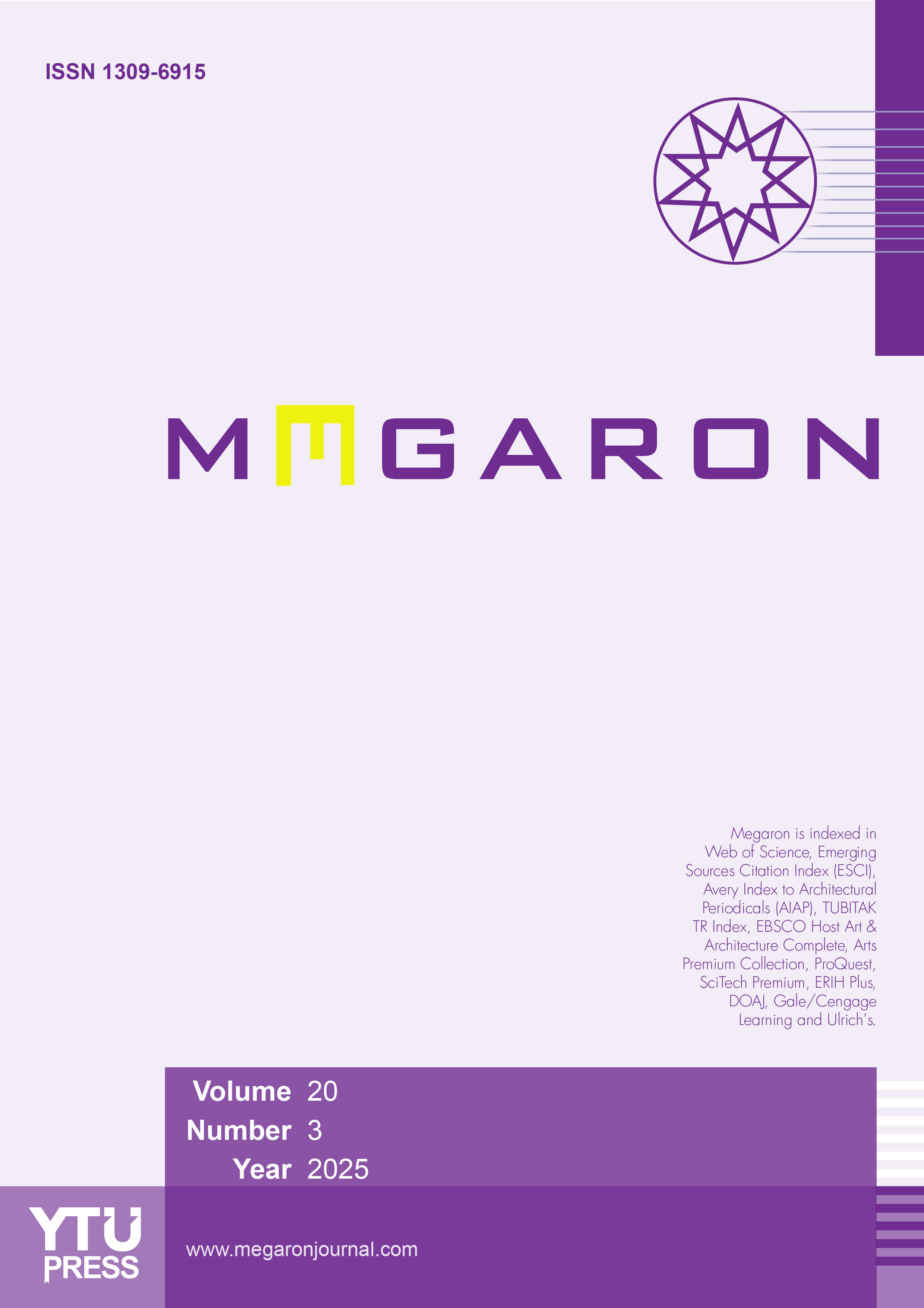The influence of individual and organizational factors on the energy efficiency of office buildings: A consolidation
Johannes Weninger1, Sascha Hammes21Department of Research and Development, Bartenbach Gmbh, Aldrans, Austria2Department of Energy Efficient Building, University of Innsbruck, Innsbruck, Austria
A significant portion of global energy demand is directly attributable to artificial lighting systems in buildings. Consequently, improving their energy efficiency is crucial for achieving current climate and environmental policy goals. However, the prevailing discrepancies between predicted and actual energy demand present a major challenge as a comprehensive understanding of the factors influencing energy consumption of artificial lighting systems is still lacking. Based on minute-by-minute long-term monitoring of an open-plan office in Austria several dedicated studies have been conducted in recent years to systematically and comprehensively quantify the impact of individual and organizational factors on energy consumption. In addition to quantifying workplace usage behaviour, the analyses also considered various control concepts and the influence of user combinations, both on an individual and probability-based level. The results emphasize the need for a greater integration of behavioural aspects into the strategic planning and operation of artificial lighting systems to optimize energy efficiency.
Keywords: Building simulation, energy efficiency, energy performance gap, user modellingManuscript Language: English








